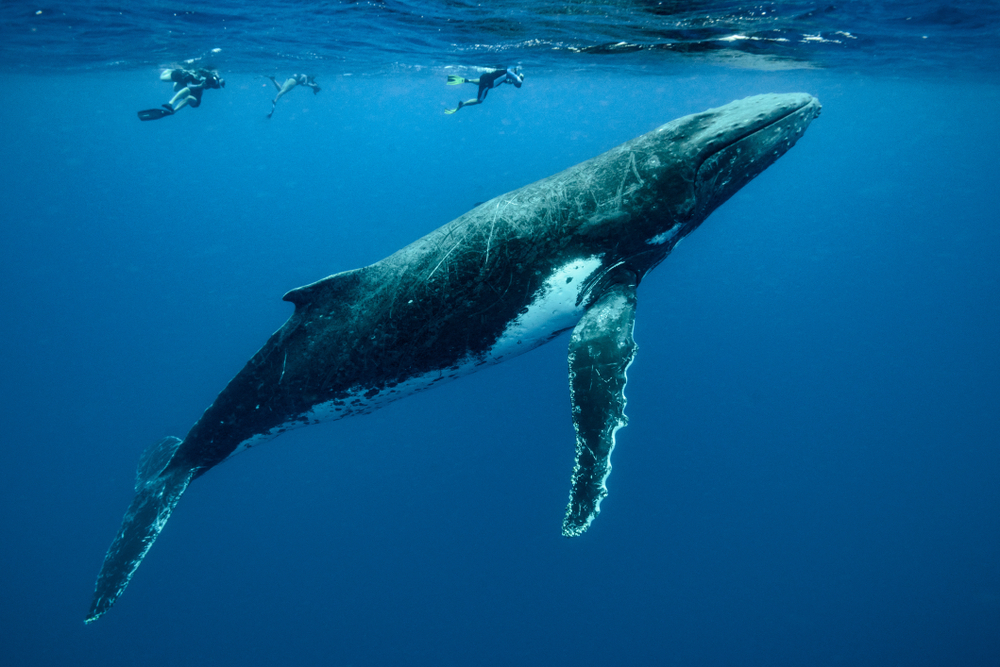Fun and Interesting Facts and Trivia about Blue Whales
Looking for fun facts about blue whales? Learn about these magnificent creatures with our collection of cool and interesting facts. Discover amazing facts about their size, diet, behavior, and more! Our website is packed with trivia about the world’s largest animal. Start exploring now! #bluewhale #whale #whales #whalewatching #ocean #whalelover #whaleart #nature #whalesofinstagram #savethewhales #whalelove #whalewatch #whaletattoo #sea #whaletail #oceanlife #whalesharks #killerwhales #whalebeach #bluewhales #marinelife

Blue whales are the largest animals ever to have lived on the planet, growing up to 100 feet long and weighing over 200 tons.
Despite their size, blue whales feed primarily on small, shrimp-like creatures called krill.
Blue whales can consume 40 million krill in a single day.
They are found in all of the world’s oceans, although their populations are most dense in the Southern Hemisphere.
Blue whales are known for their vocalizations, which can be heard over long distances in the ocean.
The low-frequency calls of male blue whales are some of the loudest sounds made by any animal at 188 decibels, and can travel hundreds of miles through water.
Blue whales can hold their breath for up to 30 minutes while diving to depths of over 1,000 feet.
They have a heart the size of a small car, and can pump up to 10,000 liters of blood through their bodies at a time. Their major blood vessel is so large that a human baby could crawl through it.
Blue whales have two blowholes, which allow them to expel air and water from their lungs when surfacing to breathe.
The skin of a blue whale can be up to 4 inches thick, and is covered in barnacles, lice, and other parasites.
Despite their enormous size, blue whales are surprisingly graceful swimmers, capable of reaching speeds of up to 30 miles per hour.
The flukes (tail fins) of a blue whale can span up to 25 feet across.
Blue whales are social animals and are often found in groups of up to 50 individuals.
The blue whale’s scientific name, Balaenoptera musculus, means “muscular winged whale,” a reference to the animal’s massive size and streamlined shape.
Blue whales were hunted nearly to extinction in the 20th century, and their populations are still recovering today.
Despite being protected by international law, blue whales are still threatened by pollution, climate change, and other human activities.
Blue whales are capable of producing a rainbow-colored spray when they exhale, caused by light refracting through the water droplets in their breath.
Blue whales have been known to breach (jump out of the water) though this is relatively rare.
The tongue of a blue whale can weigh as much as an elephant which assists in the process of engulfing large volumes of water for filter feeding
Blue whales are a symbol of conservation and the need to protect our oceans and the creatures that live in them.

